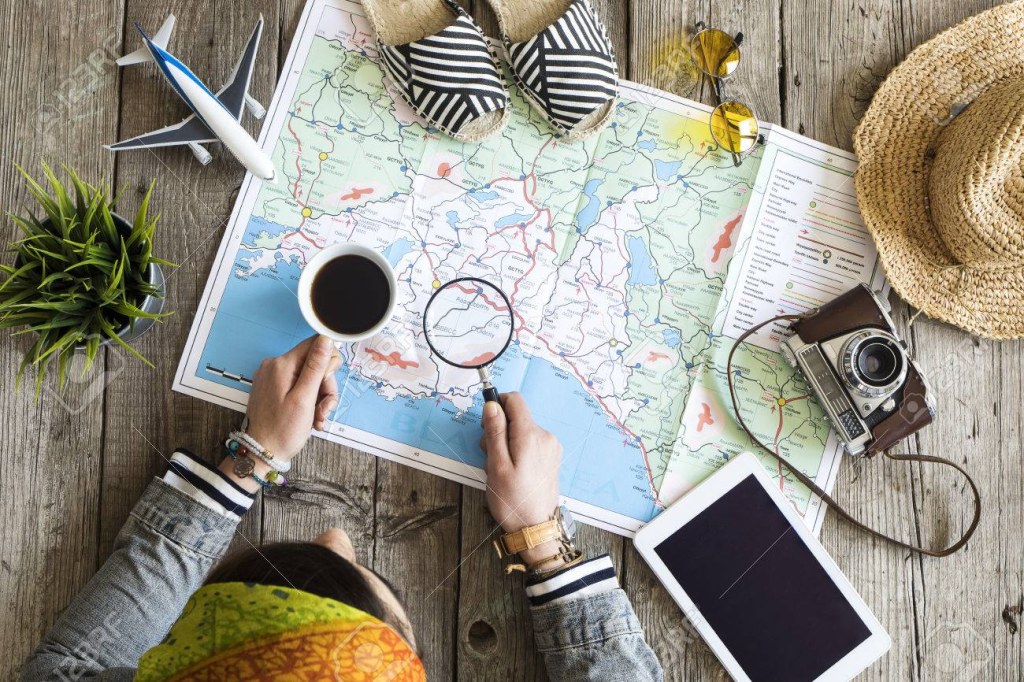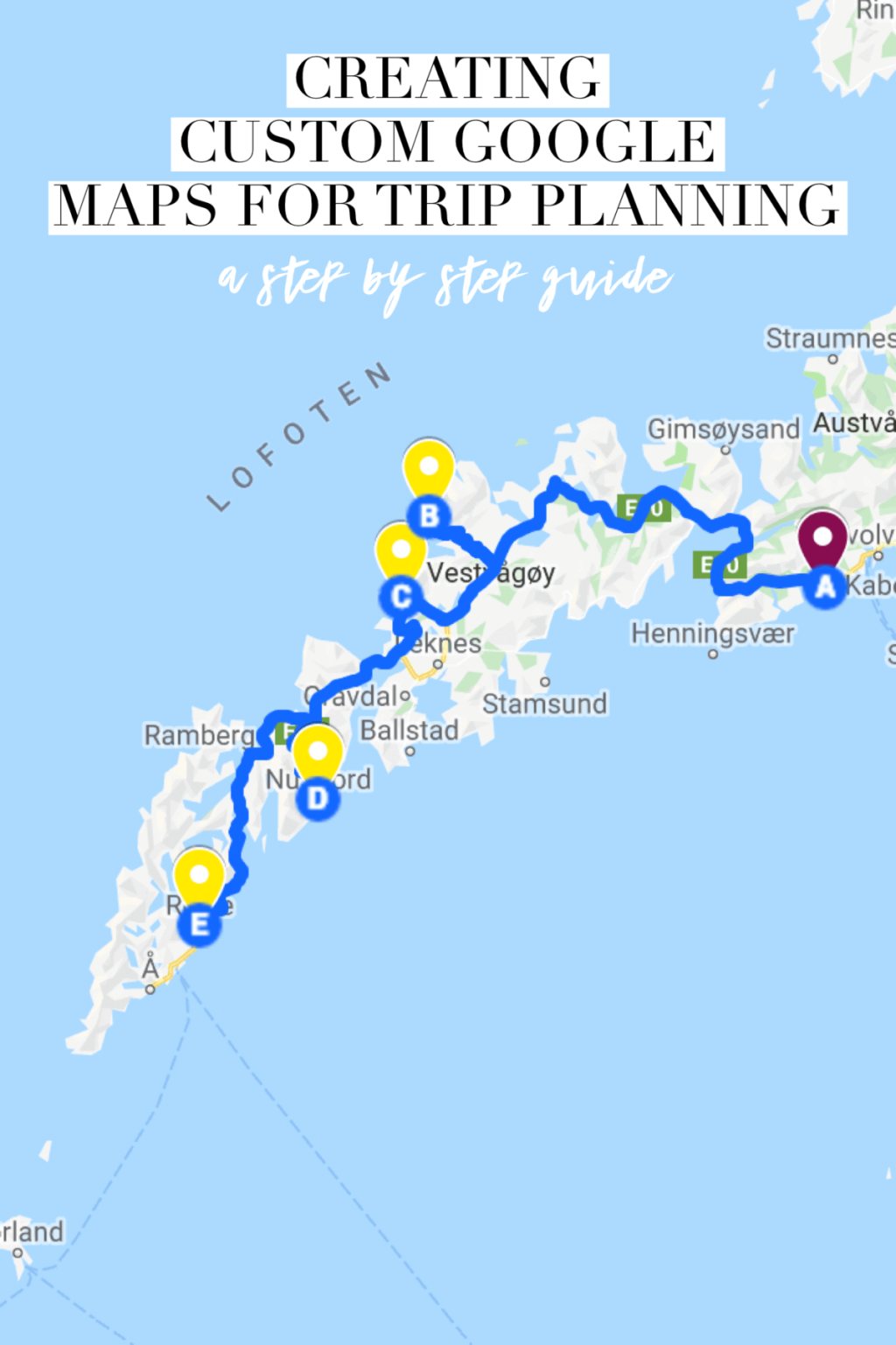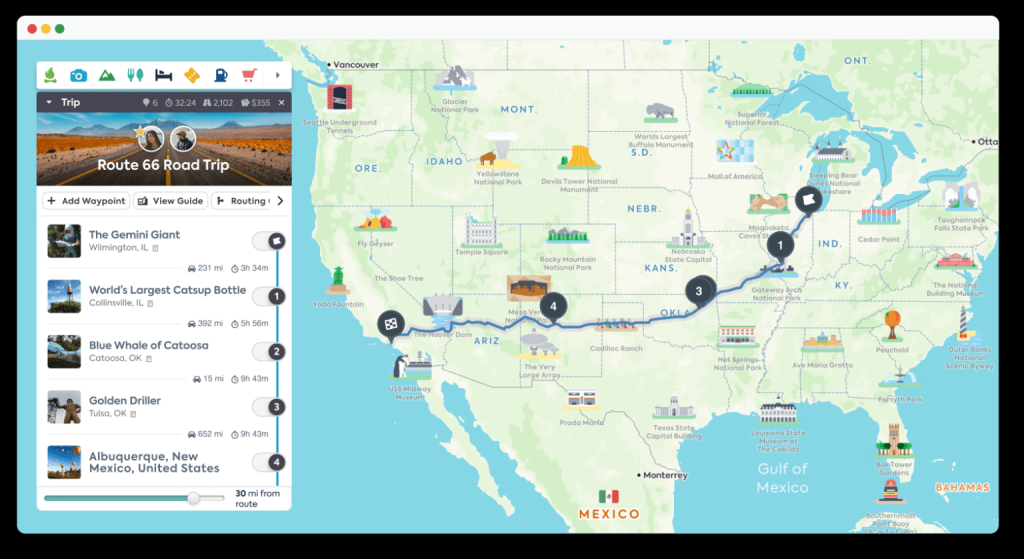Travel Planning with Map
Introduction
Dear Readers,
Welcome to our guide on travel planning with map! Planning a trip can be an overwhelming task, but with the help of maps, it becomes much easier and more efficient. In this article, we will explore the benefits and steps involved in using maps for travel planning. Whether you are an experienced traveler or a novice, this guide will provide you with valuable insights and tips to enhance your travel planning experience. So, let’s dive in and discover the world of travel planning with map!
What is Travel Planning with Map? 🗺️

Image Source: 123rf.com
Travel planning with map refers to the process of using maps as a tool to plan and organize your trips. It involves utilizing various types of maps, such as paper maps, digital maps, and navigation apps, to create a well-structured itinerary for your travel adventures. With the help of maps, you can easily identify your destinations, plan routes, find accommodations, discover attractions, and make the most out of your travel experiences.
Who Can Benefit from Travel Planning with Map? 🌍
Travel planning with map is beneficial for all types of travelers, from solo adventurers to families and group travelers. Whether you are planning a weekend getaway, a business trip, or a long-term vacation, maps can assist you in making informed decisions and ensuring a smooth travel experience. No matter your destination or travel style, incorporating map-based planning techniques can greatly enhance your trip.
When to Use Travel Planning with Map? ⏰
Travel planning with map should ideally be done during the initial stages of trip planning. It is the foundation upon which your entire travel itinerary is built. By starting early and incorporating map-based planning, you can ensure that you cover all the essential details, such as transportation, accommodation, attractions, and activities, in a structured and organized manner. Whether you are planning months in advance or preparing for a last-minute trip, maps can be your best friend in the planning process.
Where to Find Maps for Travel Planning? 🌐

Image Source: livelikeitstheweekend.com
Maps for travel planning can be found both online and offline. There are numerous sources where you can access maps, such as travel guidebooks, online map services, official tourism websites, and travel apps. It is recommended to use a combination of different maps to gather comprehensive information about your destination. This way, you can have a better understanding of the geographical layout, transportation networks, and points of interest in your chosen location.
Why Should You Use Maps for Travel Planning? 🤔
There are several reasons why using maps for travel planning is highly advantageous:

Image Source: roadtrippers.com
1. Visual Representation: Maps provide a visual representation of your travel destinations, helping you grasp the geographical layout and plan your routes effectively.
2. Efficient Decision-Making: With maps, you can easily compare different attractions and accommodations, allowing you to make informed decisions based on proximity and convenience.
3. Time and Cost Optimization: By considering distances and transportation options on a map, you can optimize your travel itinerary to minimize time spent on commuting and reduce unnecessary expenses.
4. Flexibility and Adaptability: Maps allow you to have a flexible itinerary, allowing for spontaneous detours or changes in plans while ensuring that you stay on track with your overall travel goals.
5. Local Insights: Maps often provide valuable information about local attractions, hidden gems, and recommended routes, giving you a deeper understanding of the culture and history of your destination.
How to Plan Your Travel with Map? 🗺️
Now that we understand the importance of maps in travel planning, let’s explore the step-by-step process of planning your trip with a map:
1. Choose your destination and gather relevant maps.
2. Mark your desired attractions and points of interest on the map.
3. Research transportation options and plan your routes accordingly.
4. Find suitable accommodations near your chosen attractions.
5. Consider local recommendations and add them to your itinerary.
6. Allocate time for leisure and relaxation.
7. Review and finalize your travel plan, making necessary adjustments as needed.
Advantages and Disadvantages of Travel Planning with Map
Advantages:
1. Enhanced organization and structure in trip planning.
2. Time and cost optimization through efficient route planning.
3. Flexibility to adapt and explore new places during the trip.
4. Access to local knowledge and insights.
5. Visual representation for better understanding of the destination.
Disadvantages:
1. Over-reliance on maps may limit spontaneous exploration.
2. Technical difficulties or reliance on internet connectivity for digital maps.
3. Limited availability of detailed maps for remote or less-known destinations.
4. Possibility of outdated information on paper maps.
5. Difficulty in finding specific addresses or navigating complex urban areas.
Frequently Asked Questions (FAQs)
Q: Can I solely rely on digital maps for travel planning?
A: While digital maps are convenient, it is recommended to use a combination of different maps to ensure comprehensive planning.
Q: Are there any specific map apps that are ideal for travel planning?
A: Some popular map apps for travel planning include Google Maps, Maps.me, and Sygic Travel.
Q: How often should I update my maps?
A: It is advisable to update your maps periodically, especially if you are using digital maps, to ensure accuracy and access to the latest information.
Q: Can I use maps for spontaneous road trips without prior planning?
A: Yes, maps can be useful for on-the-go navigation and discovering nearby attractions during spontaneous road trips.
Q: Are there any map resources specifically designed for hikers and outdoor enthusiasts?
A: Yes, there are specialized maps for hiking and outdoor activities, such as topographic maps and trail maps.
Conclusion
In conclusion, travel planning with map is an invaluable tool for every traveler. By incorporating maps into your planning process, you can enhance organization, optimize time and cost, and gain valuable local insights. Whether you prefer paper maps or digital navigation apps, maps will guide you on your journey and ensure a memorable travel experience. So, embrace the world of travel planning with maps and embark on your next adventure!
Final Remarks
Dear Readers,
We hope that this guide on travel planning with map has provided you with valuable insights and inspiration for your future trips. Remember, maps are not only tools for navigation but also gateways to new experiences and discoveries. Embrace the power of maps and let them guide you on your adventures. Safe travels and happy exploring!